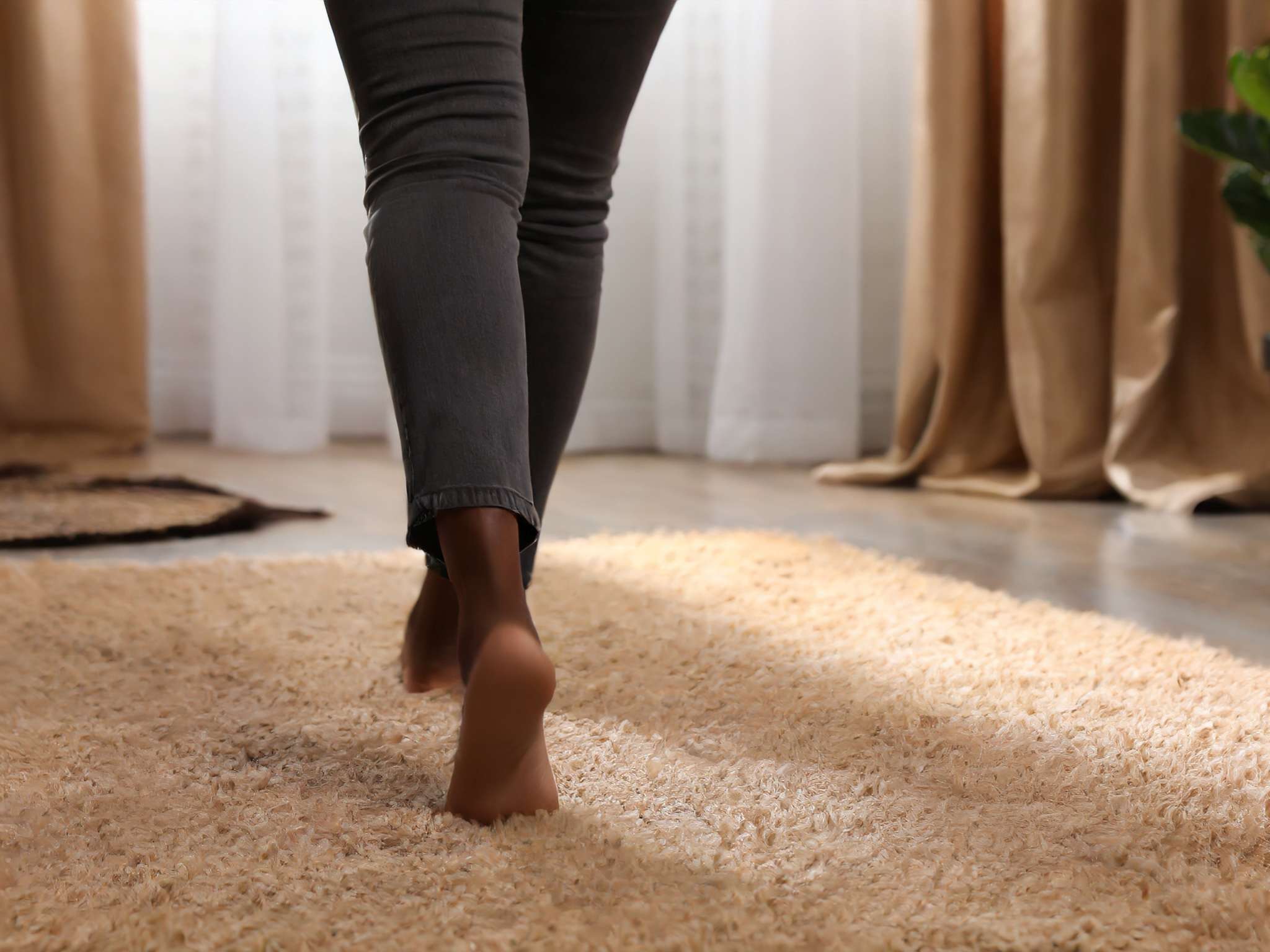How Many Causes of Heel Pain Are There?
Heel pain is a nuanced issue with a multitude of underlying causes. Understanding these causes is pivotal in devising an appropriate treatment plan. Here are some primary contributors to heel pain:
Overuse
Heels endure a considerable amount of stress in our daily lives. Overuse, often a result of prolonged standing, walking, or running, can lead to microtrauma in the tissues of the foot, causing pain. Those with occupations that demand extensive periods of standing or walking are particularly susceptible.
Abnormalities
Structural abnormalities such as flat feet or high arches can alter the distribution of weight on the feet, leading to increased strain on the heels. Additionally, abnormal gait patterns, like pronation (rolling inward) or supination (rolling outward), can contribute to heel pain over time.
How to Tell What Kind of Heel Pain You Have
Identifying the specific type of heel pain is crucial for targeted treatment. Here are some prevalent conditions associated with heel pain:
Plantar Fasciitis
Plantar fasciitis is a common culprit behind heel pain, characterized by inflammation of the plantar fascia—the thick band of tissue that connects the heel bone to the toes. The pain is often sharp, concentrated at the bottom of the heel, and tends to be most intense in the morning or after long periods of rest. Tight calf muscles are often associated with this condition.
Achilles Tendinitis
The Achilles tendon, located at the back of the heel, can become inflamed, causing pain and discomfort. Activities that strain the Achilles tendon, such as running or jumping, may exacerbate the pain. Tenderness and swelling are common symptoms.
Stress Fractures
Repetitive stress or overuse can result in stress fractures, particularly in the heel bone. The pain is usually localized and increases with activity. Swelling may be present, indicating an inflammatory response.
Haglund’s Deformity
Haglund’s deformity involves a bony enlargement at the back of the heel. This protrusion can lead to friction between the shoes and the heel, causing inflammation and pain. Individuals with this condition may find relief by opting for footwear that minimizes pressure on the affected area.
What to Do About Heel Pain
Identifying the precise nature of the heel pain you’re encountering marks the initial stride toward implementing an effective treatment plan. Here are practical steps to alleviate heel pain:
- Rest and Ice: Grant your feet some respite by steering clear of activities that exacerbate the discomfort. Applying ice to the affected area can help reduce inflammation. Rest is crucial for allowing the damaged tissues to heal.
- Stretching Exercises: Incorporating routine stretching exercises for both the calf muscles and the plantar fascia can enhance flexibility and alleviate tension. Incorporate these exercises into your daily routine, especially before engaging in activities that may strain the feet.
- Supportive Footwear: Consider investing in footwear that offers adequate arch support and cushioning. The right footwear can significantly reduce strain on the heels and contribute to overall foot health. Consider using orthotic inserts for additional support, particularly if you have structural abnormalities.
- Medical Intervention: Should the pain persist or intensify, it is advisable to schedule an appointment for a thorough evaluation. A precise diagnosis is essential in formulating the most effective and tailored treatment plan. Physical therapy may be recommended to address specific muscle imbalances or weaknesses.
- Medication: Utilizing over-the-counter pain relievers, such as nonsteroidal anti-inflammatory drugs (NSAIDs), can be beneficial in managing pain and mitigating inflammation. In some cases, prescription medications may be necessary, especially if the pain is severe or related to an inflammatory condition.
Heel pain, though common, is a multifaceted issue with various causes, ranging from overuse to structural abnormalities. By understanding the specific nature of your heel pain and implementing targeted strategies, you can take significant steps toward finding relief and restoring your mobility. If the pain persists, contacting our office for help is crucial for accurate diagnosis and personalized guidance on managing and treating heel pain. Remember, taking proactive steps and addressing the root cause can pave the way for a more comfortable and pain-free journey on your feet.

